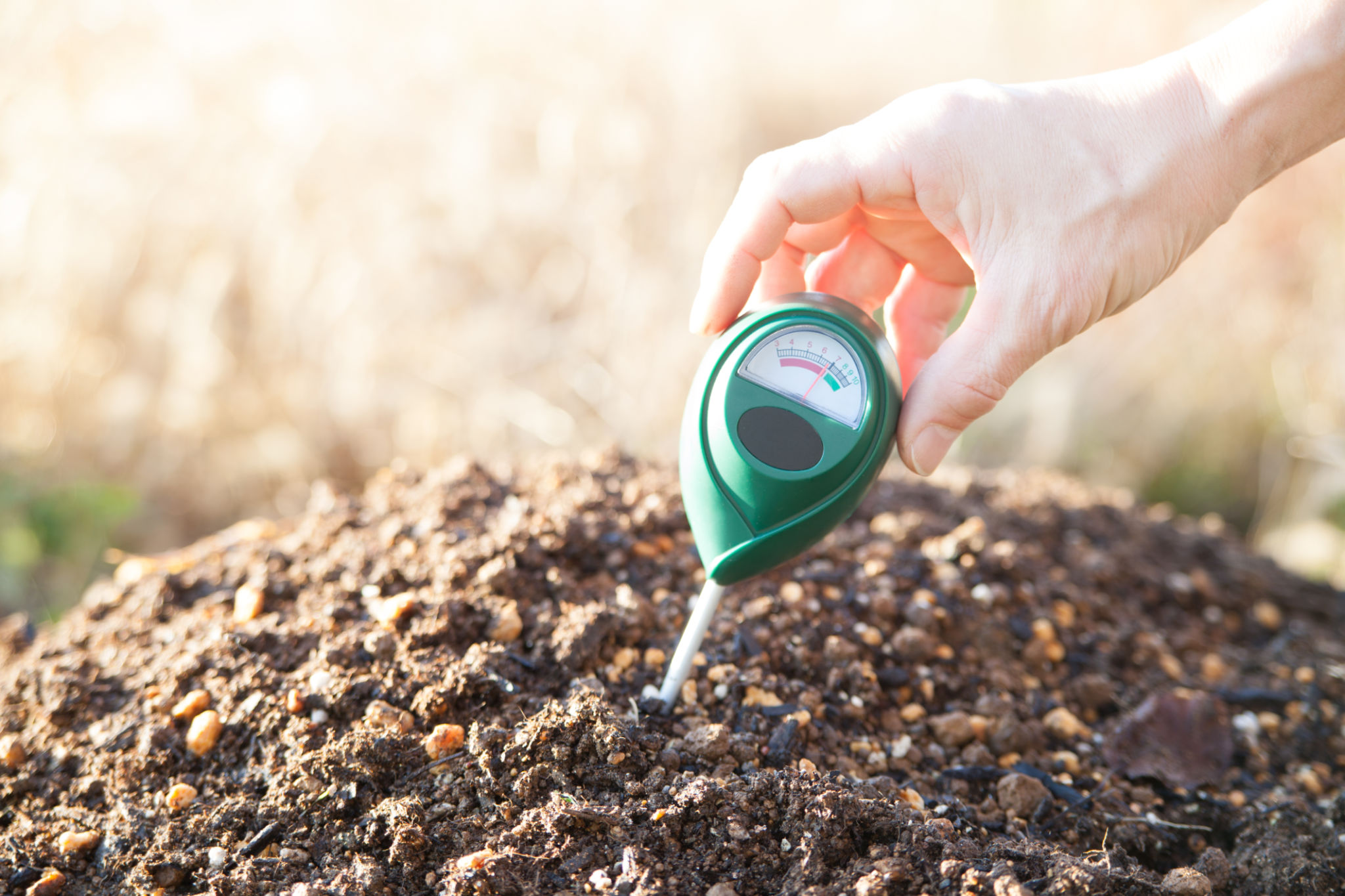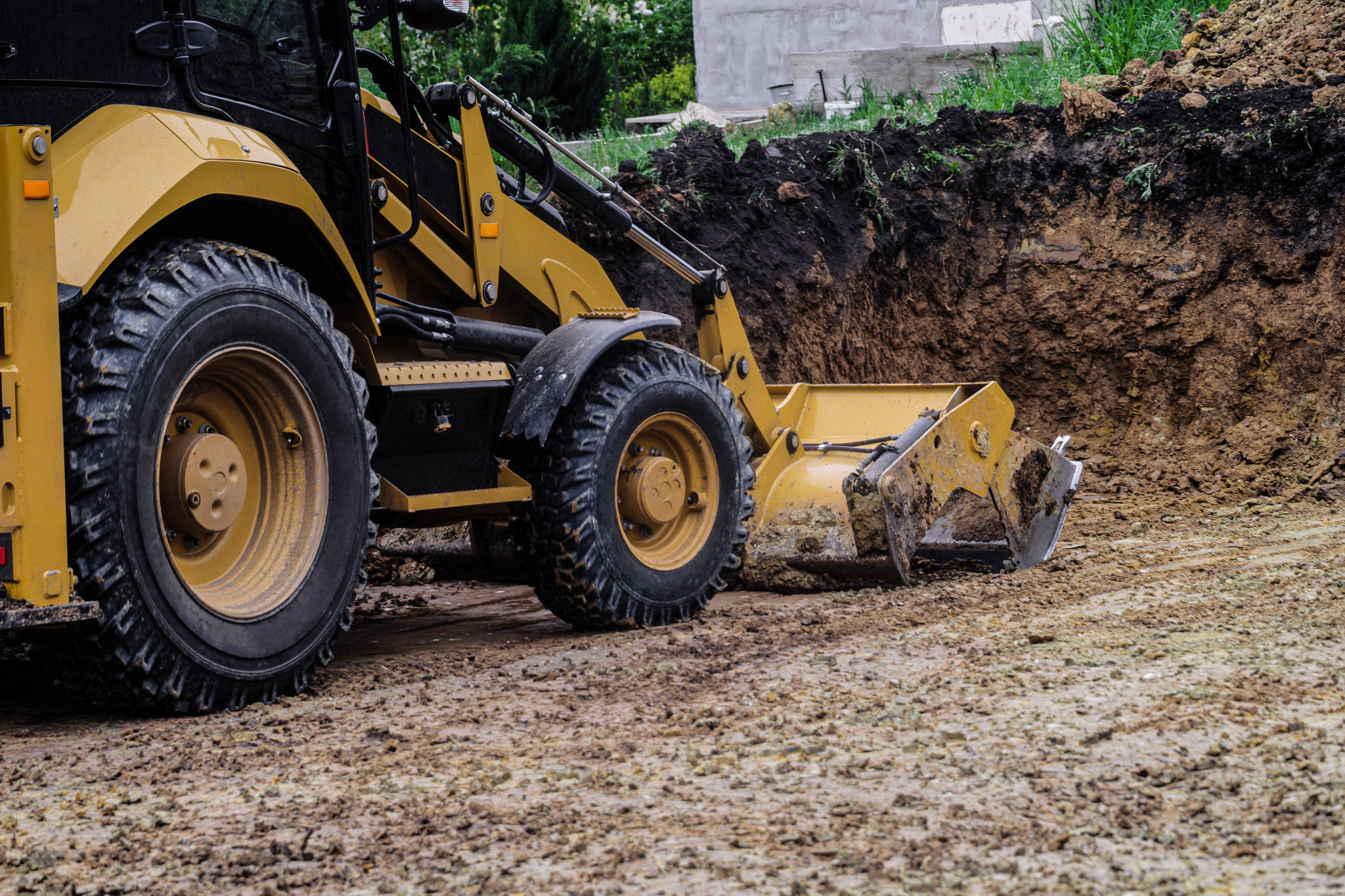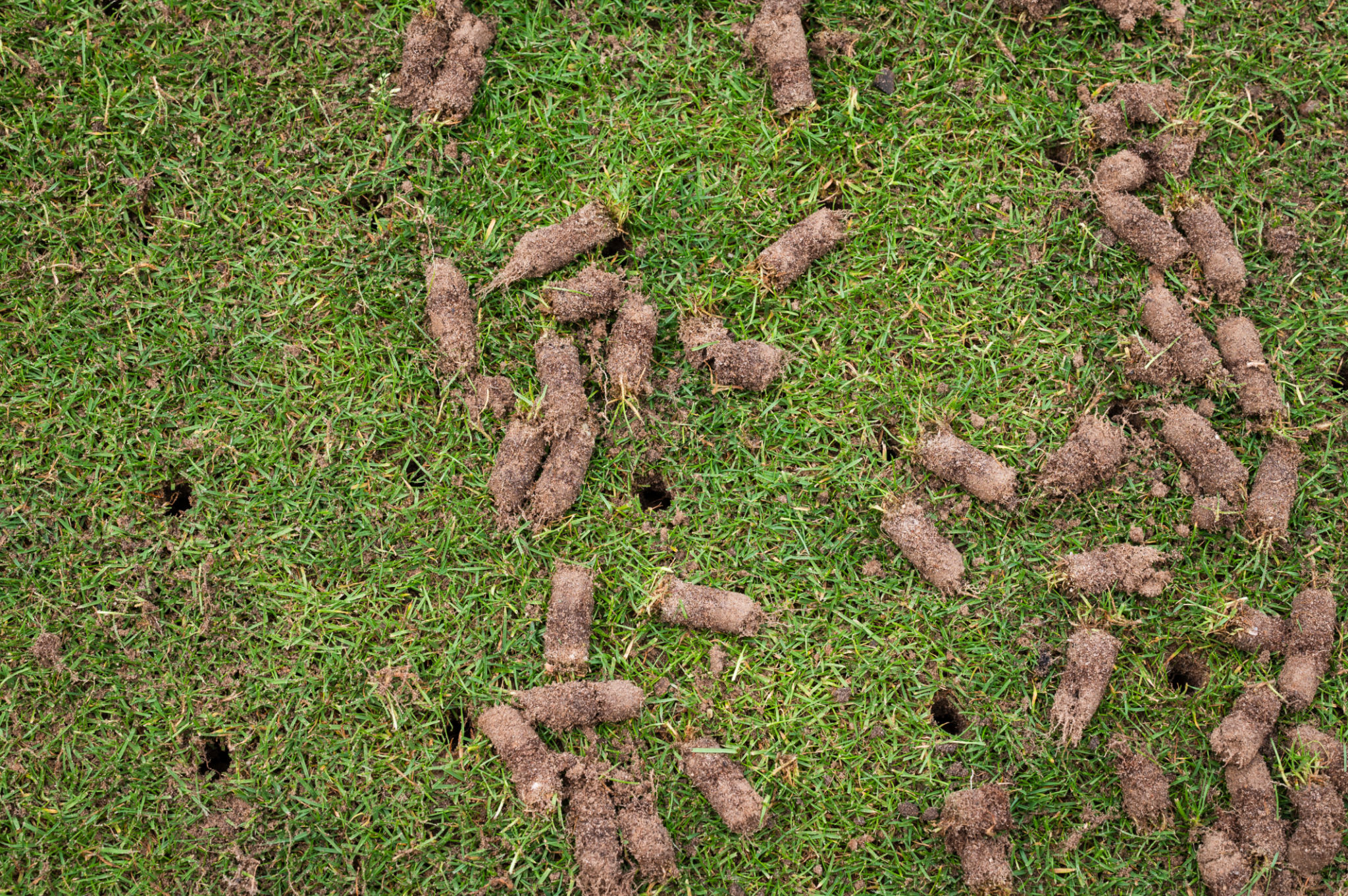How to Prepare Your Land for Seed and Sod Installation
Understanding the Basics of Land Preparation
Preparing your land for seed and sod installation is a crucial step towards achieving a lush, green lawn. Proper preparation ensures that your grass will take root successfully and thrive in the long term. Before beginning, it's important to understand the specific needs of your landscape, including soil type, sunlight exposure, and drainage.
Start by assessing the existing condition of your soil. Conduct a soil test to determine its pH level and nutrient content. This will help you make informed decisions about necessary soil amendments. It's essential to address any deficiencies in the soil to promote healthy grass growth.

Clearing and Leveling the Land
Once you have a clear understanding of your soil's condition, the next step is to clear the area of any debris, rocks, and existing vegetation. Remove weeds, old grass, and other organic matter that could hinder the growth of new grass. It's important to start with a clean slate to give your seeds or sod the best chance of success.
After clearing, focus on leveling the land. Use a rake or a garden roller to smooth out any uneven areas. A well-leveled surface ensures that water will distribute evenly across your lawn, preventing puddles and dry spots. Pay special attention to creating a gentle slope away from buildings to facilitate proper drainage.

Enhancing Soil Quality
Improving soil quality is crucial for successful seed and sod installation. Based on your soil test results, you may need to add organic matter such as compost or peat moss to improve soil structure and fertility. These amendments will enhance the soil's ability to retain moisture and provide essential nutrients to your grass.
If your soil is too compacted, consider aerating it to allow air, water, and nutrients to penetrate more easily. Aeration involves perforating the soil with small holes to reduce compaction and promote root growth. This step is especially important if you're installing sod, as it helps the roots establish more quickly.

Choosing Between Seed and Sod
The decision between planting seed or laying sod depends on several factors, including budget, time, and desired results. Seeding is generally more cost-effective and allows for a wider selection of grass types. However, it requires more time and patience as the grass grows from scratch.
Sod, on the other hand, provides an instant lawn and is less susceptible to weeds during establishment. It is more expensive than seed but is ideal for those who want immediate results. Consider your priorities and choose the option that best fits your needs.
Final Preparations and Installation
Before installing seed or sod, ensure that your irrigation system is in place and functioning properly. Consistent watering is crucial for establishing new grass, especially in the early stages. Plan for regular watering sessions until the grass is well-established.
For seeding, spread the seeds evenly using a broadcast spreader and lightly rake them into the soil. For sod installation, begin laying the pieces tightly together in a brick-like pattern, ensuring there are no gaps. Roll over the sod with a lawn roller to ensure good contact with the soil.

Post-Installation Care
After installation, proper care is vital for ensuring healthy growth. Water your new lawn consistently, keeping the soil moist but not waterlogged. Avoid heavy foot traffic on the lawn until the grass has firmly rooted.
Fertilize according to the needs of your chosen grass type and monitor for any signs of pests or disease. With attentive care, your lawn will soon become a vibrant and thriving part of your landscape.
